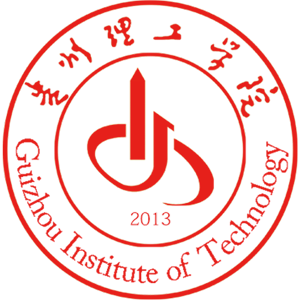详细信息
半湿润地区毛细阻滞覆盖层长期防渗性能评价与渗漏气象机制分析 ( EI收录)
Evaluation of long?term anti?seepage performance of capillary barrier cover in semi humid area and analysis on meteorological mechanism of percolation
文献类型:期刊文献
中文题名:半湿润地区毛细阻滞覆盖层长期防渗性能评价与渗漏气象机制分析
英文题名:Evaluation of long?term anti?seepage performance of capillary barrier cover in semi humid area and analysis on meteorological mechanism of percolation
第一作者:焦卫国
机构:[1]贵州理工学院,贵州贵阳550003;[2]贵州中建建筑科研设计院有限公司,贵州贵阳550006
第一机构:贵州理工学院
年份:2023
卷号:56
期号:10
起止页码:118-126
中文期刊名:土木工程学报
外文期刊名:China Civil Engineering Journal
收录:CSTPCD;;EI(收录号:20234314939312);Scopus;北大核心:【北大核心2020】;CSCD:【CSCD2023_2024】;
基金:国家自然科学基金(52069005);贵州理工高层次人才启动项目(XJGC20190912)。
语种:中文
中文关键词:填埋场;毛细阻滞覆盖层;半湿润气候区;防渗设计;易渗气候段;渗漏气象机制
外文关键词:landfill;capillary barrier cover;semi humid climate area;design of anti?seepage;permeable climate period;meteorological mechanism of percolation
摘要:为评价毛细阻滞覆盖层在我国西北半湿润地区的长期防渗性能,揭示该地易渗气候段及其渗漏引发气象机制;收集分析西北半湿润地区(西安)50年的气候特征,基于数值模拟耦合地区气候条件开展土质覆盖层长期防渗性能分析。结果表明:(1)西北半湿润地区(西安)4-11月降雨多气温高,12月-次年4月降雨少气温低;雨热同期有利于土质覆盖层水分腾发释放。(2)降雨量在7、9月达峰值,蒸散量在6月达峰值。7-11月降雨量大、气温逐渐降低,植被逐渐凋零腾发作用减弱,水分释放强度缓慢,导致覆盖层含水量增加易引发渗漏。11月-次年3月降水稀少,防渗效果好。(3)在该地土质覆盖层防渗设计中,11月-次年3月为非控制性气候段。7-11月为易渗气候段,建议在防渗设计和既有填埋场运-管-维期水位控制、边坡稳定监测工作中作重点校核与管控。
In order to evaluate the long?term anti?seepage performance of capillary barrier cover in semi humid climate area of Northwest China,and to reveal the permeable climate period and meteorological mechanism of percolation,the climatic characteristics in past 50 years are collected and analyzed????Based on numerical simulation,the long?term anti?seepage performance of soil cover is analyzed by coupling the regional climate????The research results show that:①the rainfall is more and the temperature is high from April to November,while the rainfall is less and the temperature is low from December to next April????It is beneficial to water release with rain and heat at the same time.②Rainfall peaks between July and September,and evapotranspiration peaks in June????With lots of rainfall from July to November,the temperature gradually decreases,the vegetation gradually withers,the evapotranspiration weakens,and the water release intensity slows down,which is easy to lead to percolation????From November to March of the next year,with precipitation scarce,the anti?seepage effect is good.③In anti?seepage design,November to March of the next year is not the decisive period????July to November is permeable period,during which management and design should be emphasized.
参考文献:
![]() 正在载入数据...
正在载入数据...


